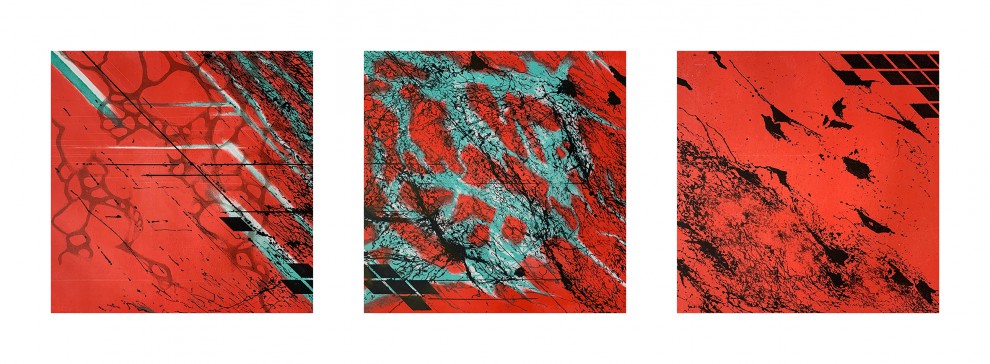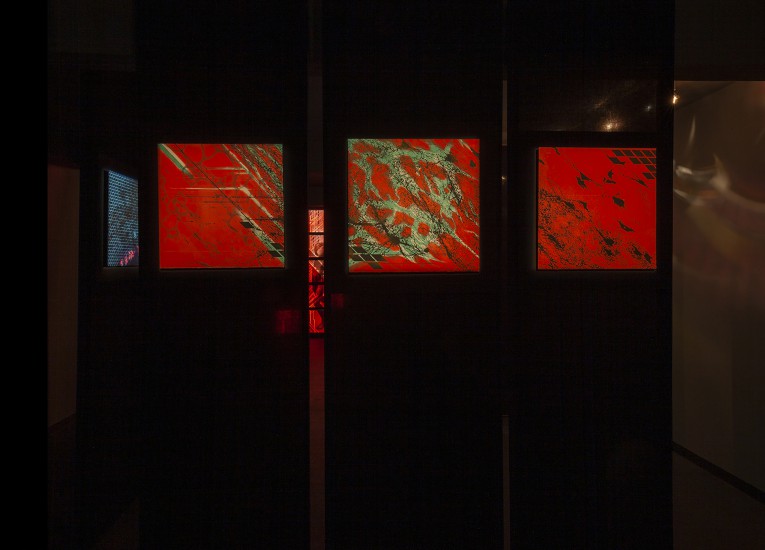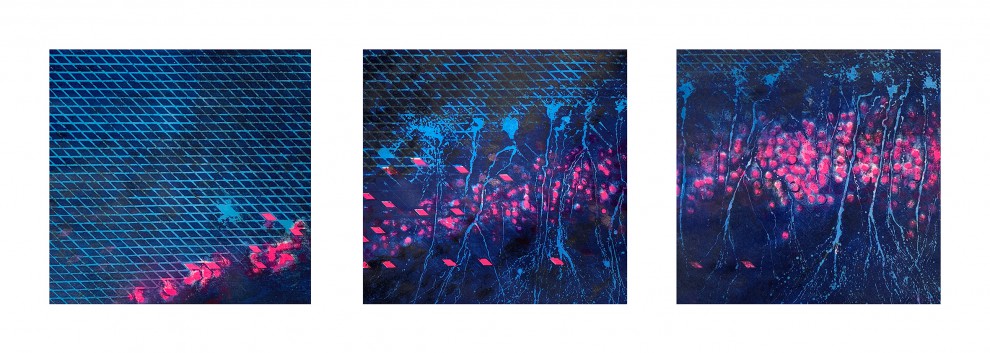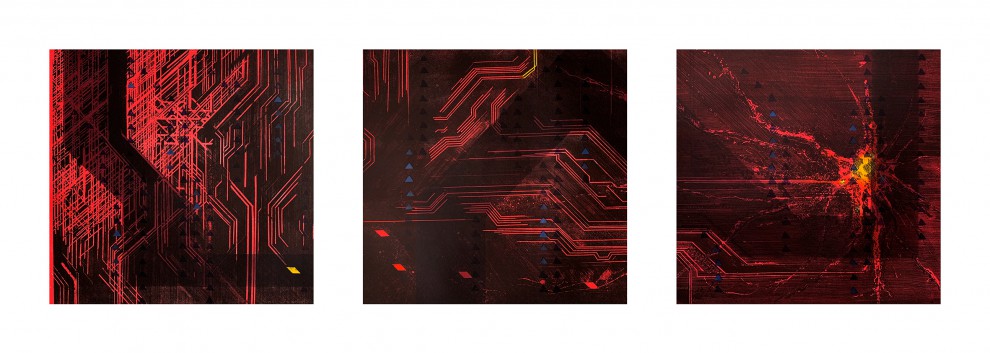Piotr Ostrowski omni_lab
supervisor:
prof. Piotr Panasiewicz
Academy of Fine Arts in Krakow
Faculty of Graphics
Faculty of Graphics
biography
born 1977, Graphic Department, Academy of Fine Arts in Krakow
Author of glass sculptures, installations, stained glass windows, architectural glass, co-author of architectural projects
Individual exhibitions: 2
Group exhibitions: 2
Most important awards:
Sybilla award, „Apollo”, Minister of Culture, 2017
Gold Medal, Sacro-Expo, 2017
Honorary Medal, Sacro-Expo, 2015
Gold Medal, Międzynarodowe Targi Poznańskie, 2013
Gold medal Sacro-Expo, 2013.
XV edition Koine Vicenza, Włochy, 2013
2nd prize in the competition for modernisation of the historical Rotunda PKO BP bank building in Warsaw, 2010
Main award for “Porta Varsovia” high rise buildings in Warsaw, 2010
Honourable mention in an international competition for a design of the International Airport Terminal in Lublin, 2008
Honourable mention in the international competition for the building of the European Solidarity Centre in Gdansk, 2007
2nd prize in the international competition for the design of the International Airport Terminal in Krakow – Balice, 2007
self-commentary
omni_lab
The immediate inspiration for the project was the brain cell, or – more precisely – the recent scientific discovery that the structure of the brain cell, under magnification to a level that was previously not possible, resembles the Universe. “If the brain cell resembles the Universe, it is easy to imagine that the entire Universe constitutes merely of one single cell of a larger, incomprehensible being. This idea is as striking as it is dangerous, nonetheless, it allows us to exceed limits when it comes to scale. Does scaling have any limits whatsoever?”, asks Ostrowski. This arrst examines processes that lead to the construction of complex structures. In the perspective of the fine arts, he defines this as a disorder, a thicket, immensity – everything that leads to consolidation, accumulation and ultimately chaos, which he also observes in human beings. Three triptychs comprised of colored lithographs depict pulsing networks of biological and mechanical structures that constantly interact with each other, giving the impression that one piece of mauer smoothly transforms itself into another and – like a returning wave – shows a reflected image of the original piece on its surface. Having crawled in glass, the arrest decided to use lithography as a technique that could add a new dimension to larger compositions – a technique which can be somehow sketchy, introductory, guiding. It is important for this technique to be based on similar methods of creating images. It should make possible expressive, painterly compositions of spots and rhythms on lithographic stones, and the use of paint intended to dilute colors and reduce their opacity should allow colors to be combined as they are in glass. Ostrowski juxtaposes extremes: abstraction and clear representation, chaos and order, organic forms and geometry, light and shadow. In glass, he is inspired by Caravaggio – a “painter of the constant struggle with light and shadow” who has always fascinated him.





.jpg)
.jpg)
.jpg)